In 2010, when I first visited Mission San Buenaventura, there was a Sunday mass in progress so I didn’t get a chance to explore inside the Mission church.
During this visit in 2015, the opposite was the case… the church was empty and open, but there was a wedding photo shoot outside on the grounds so visitors to the Mission could only visit the church. This worked out perfectly, I must say! We could explore the previously unexplored portions.
The church that you see onsite is the third rendition to be built at San Buenaventura. The first (1782) was destroyed by fire in 1793 and the second (1809) was damaged significantly in 1816 during an earthquake. The current church is a rebuilt version of the second but stabilized and a victim to decades of whitewashing, design changes, renovations, and re-renovations to bring it back to its original state.
When the Mission churches were originally built, they were painted and decorated by Spanish and Mexican artisans (sometimes soldiers) who later passed on their trade to the indigenous people from the area. But, as the years passed and as the Missions were abandoned, this artwork was lost to white-washing, modernization, and time.
In some cases, details from the early years were hidden but still there. For example, the ceiling and beams were handcrafted by axe using trees brought to the Mission from the San Cayetano mountain area. These trees were dragged by oxen because carts couldn’t manage the difficult terrain. In 1893, when Father Cyprian Rubio “modernized” the church, these ceilings were covered to make the church more “Victorian.” But later, in the 1950s, the building underwent a re-reconstruction to bring it back to its original state, and the ceilings and beams were uncovered for people to see.
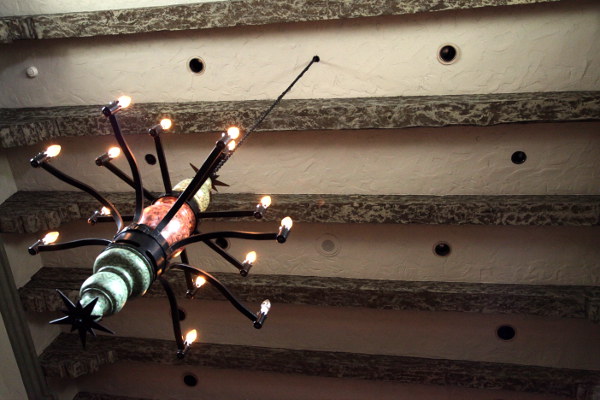
The tile roof is another part of the building that has seen a lot of change. The original tiles came from local clay and were made by indigenous people. These originals were severely damaged in the 1857 Fort Tejon earthquake and replaced by shingles. In 1921, the shingles were removed and the roof was re-tiled using historic tiles.
The one thing that seems to have stood the test of time is the front altar, Neoclassical columns, and reredos. These come from Mexico and were added to the church in 1809.
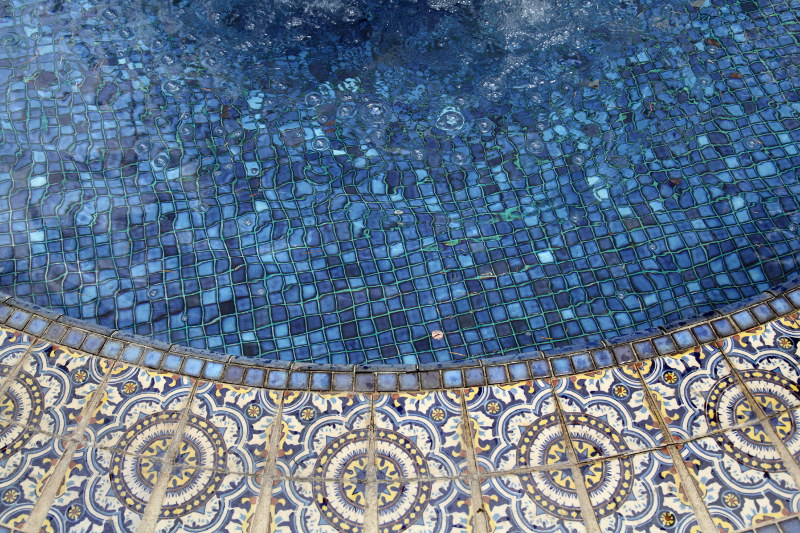
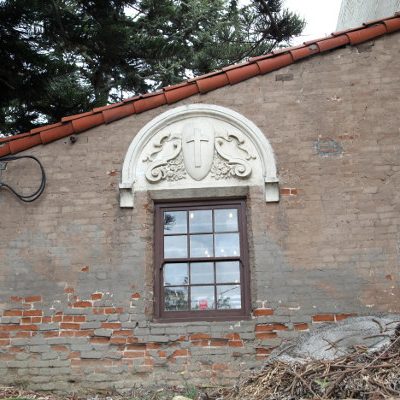
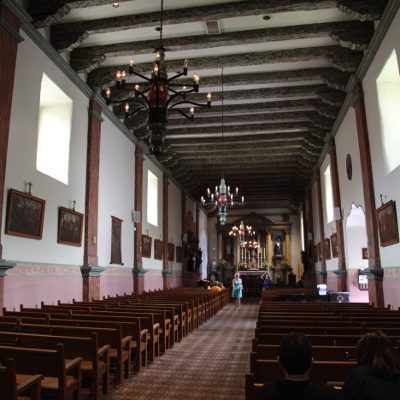
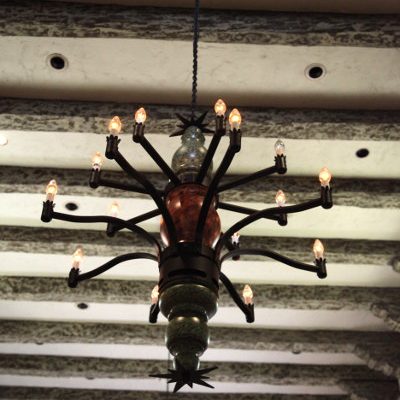
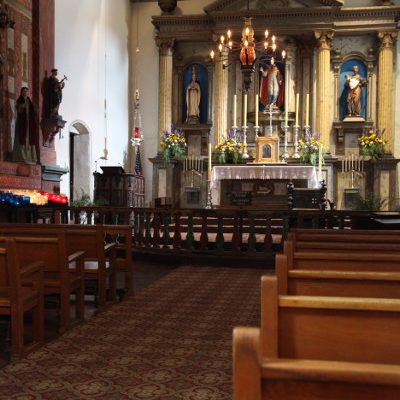
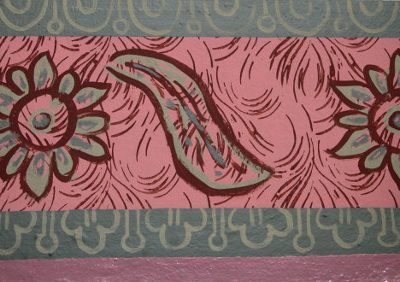
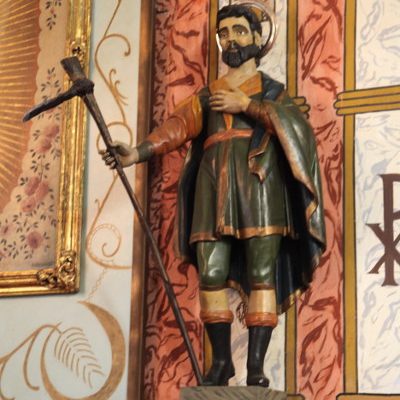
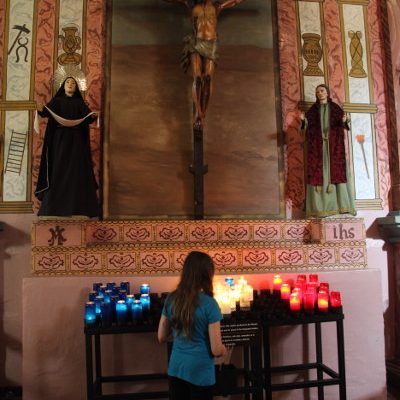
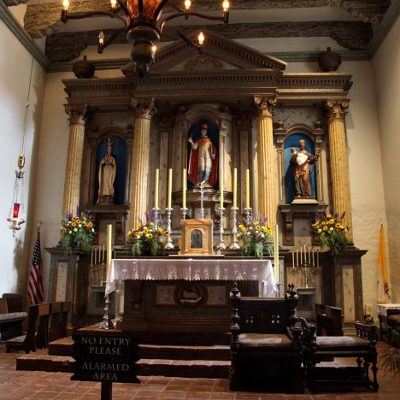
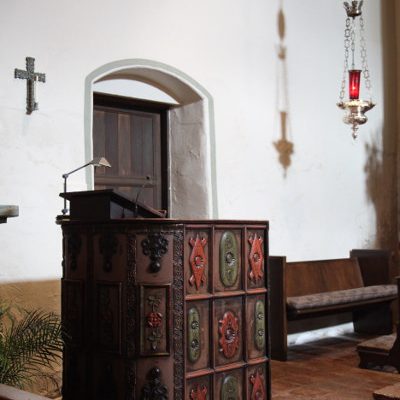
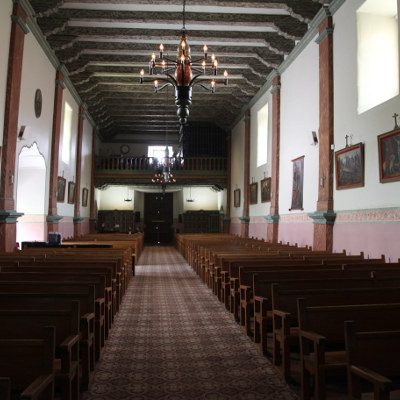
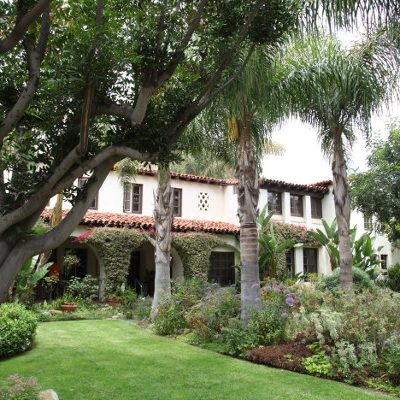
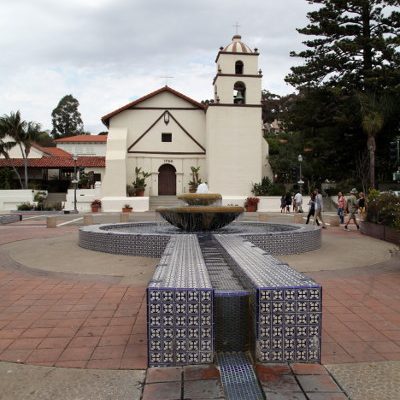
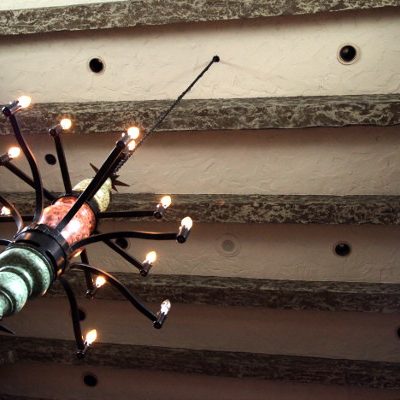
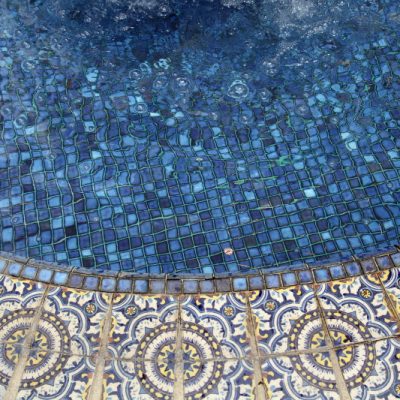
0 comments on “Inside the Church at Buenaventura”Add yours →